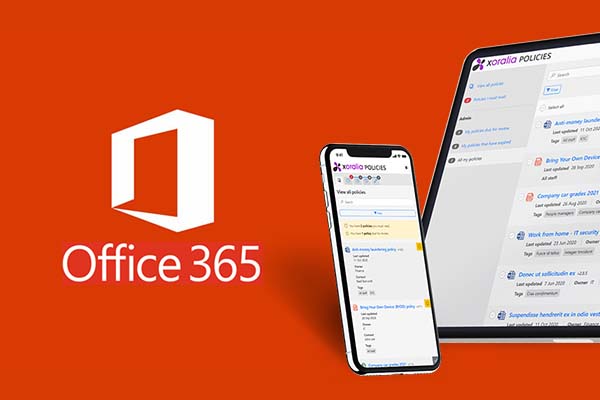
7 reasons to use SharePoint for policy management
If your organisation is using Microsoft 365 or SharePoint on-premises, then it makes sense to leverage the power of SharePoint to help better manage your policy documents.

If your organisation is using Microsoft 365 or SharePoint on-premises, then it makes sense to leverage the power of SharePoint to help better manage your policy documents.

The backbone of most intranets is Office 365/Microsoft 365, so it’s unsurprising that clients asked us how to deliver policy management within Office 365

During this webinar, we will show you how to get the most out of SharePoint when managing your policies and help your organisation to stay compliant.
Book in a live demo with us to discuss your project and find out more about our services, solutions and how we can add value to your digital workplace. Simply fill out the form and pick a time and date in our calendar.
Alternatively, if you have a question and would like more information about Content Formula, please visit our contact us page.
We look forward to meeting you.
We use cookies to give you the best experience on our site. By continuing to use our website, you are agreeing to our use of cookies. To find more about the cookies, please see our cookie notice.
You can also read our privacy policy.